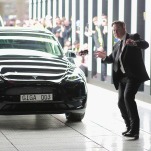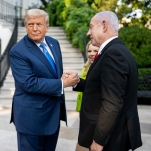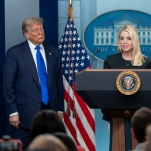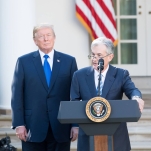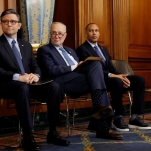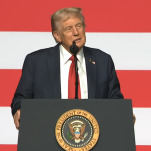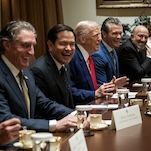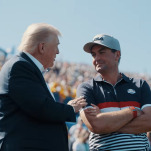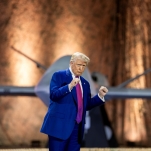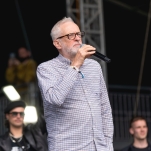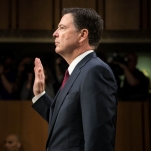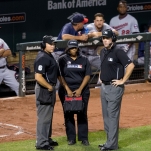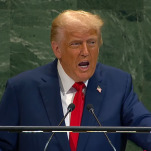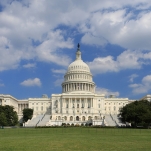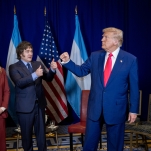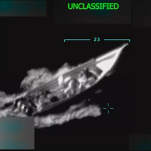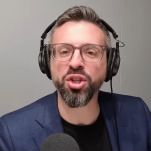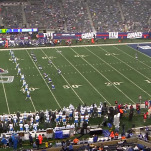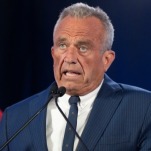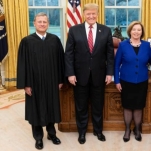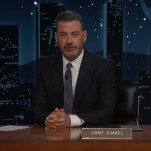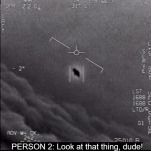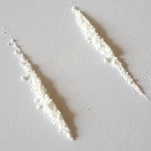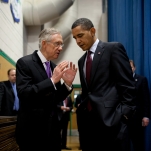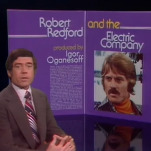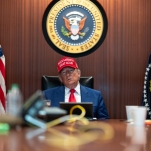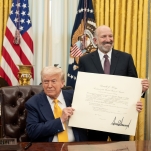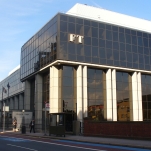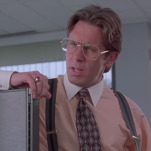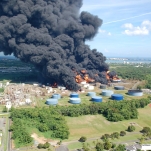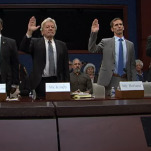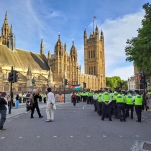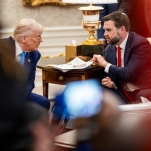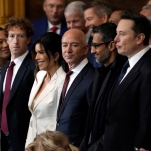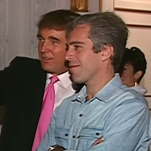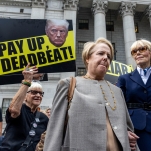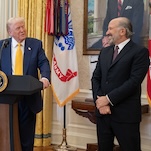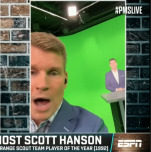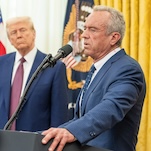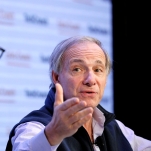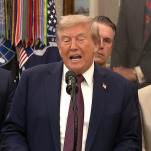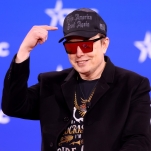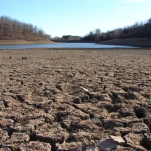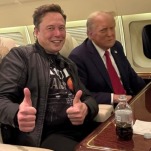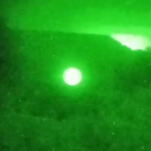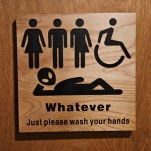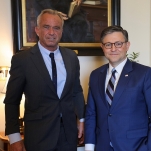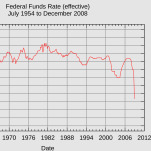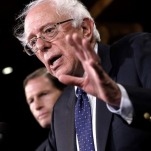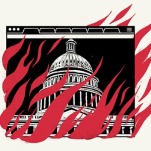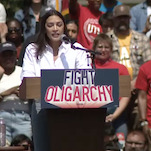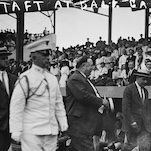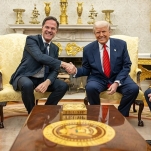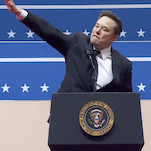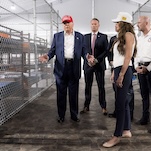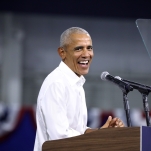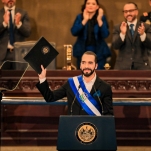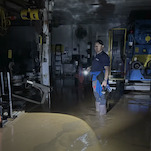What The Hell Is Going on With Ukraine Negotiations?
Photo by IAEA Imagebank, CC BY 2.0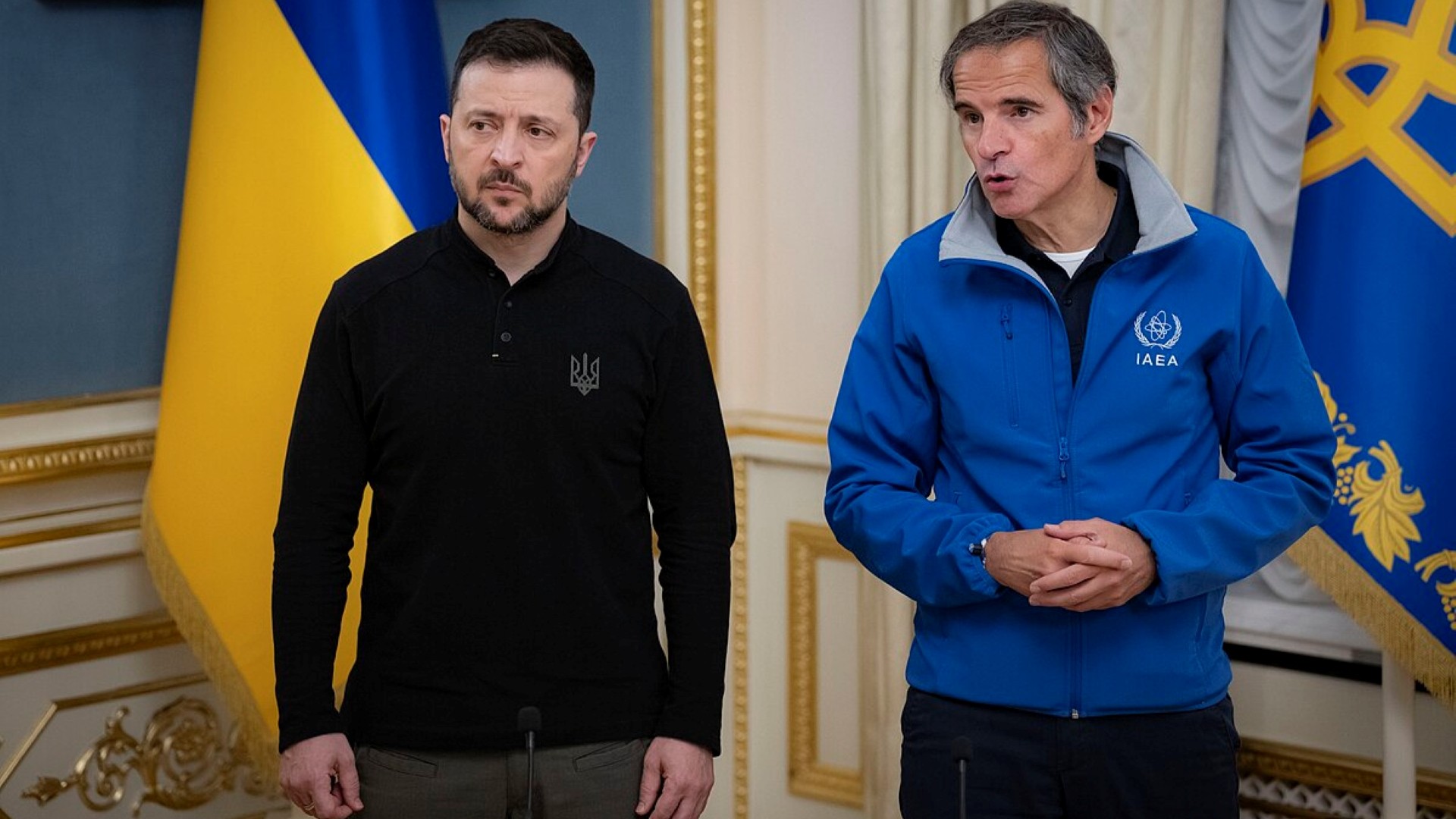
As a candidate for president, Donald Trump promised to end the war in Ukraine in 24 hours. He did not and never could, but now the administration is barreling ahead with talks, meeting with Russian officials last week in Saudi Arabia. So far, these negotiations are best symbolized by U.S. Secretary of State Marco Rubio – who, as a senator, called Putin a “war criminal“ and did things like push the Biden administration to toughen sanctions enforcement against Russia – staring into a camera and saying that when the war concludes, there are “incredible opportunities that exist to partner with the Russians.”
When asked what concessions Rubio expected of Russia, the aggressor, America’s top diplomat declined to answer, despite the Trump administration having little problem talking about which concessions it would like Ukraine to make. “The only leader in the world who can make this happen, who can even bring people together to begin to talk about it in a serious way, is President Trump,” Rubio told reporters. “He’s the only one in the world who can do that right now.”
Maybe Trump is the only one that can do this kind of deal, which, in the early days, looks like a dream for Vladimir Putin and an agonizing bind for Ukraine, which was left out of discussions about the war waged against its sovereign territory. The whiplash for these negotiations extends beyond the Ukraine conflict itself, as the U.S.’s engagement with Russia has left European leaders scrambling to figure out a plan B. At the Munich Security Conference last week, Vice President JD Vance’s speech made clear a rupture exists in shared ideology and mutual interests between the U.S. and Europe. The Trump administration’s reluctance to include NATO allies in any talks and now its apparent refusal to simply say Russia started the war that Russia started, is shellacking the transatlantic alliance and may fit into a much more permanent shift in how America sees and exercises its global power.
A U.S. brokered Ukraine-Russia peace deal may be just as transformative for the United States, however. Trump is now attacking Ukrainian president Volodymyr Zelenskyy, blaming him for starting the war. Zelenskyy said Trump was in a “disinformation space” and Trump responded with a Truth Social diatribe calling Zelenskyy a “dictator.” The last vestiges of traditional GOP Russia hawks are fuming, but it’s not clear they can, even if they were willing to, do much to stop what looks like an American realignment.
It’s still the early days on any Ukraine peace plan. Negotiations are messy, and the United States alone won’t be able to achieve any sustainable resolution to the war. “The negotiations might take years and far longer than President Trump’s term in office. It’s just that we are in a very early stage, and there are a lot of interesting developments in the information sphere – meaning that President Trump aligned himself with Russia now, in words,” said Konstantin Sonin, a Russia expert at the University of Chicago. “But what are the practical consequences? I would say there are none yet.”
The Trump administration’s underlying case – that the Ukraine conflict should end, and Ukraine and Russia should make a deal – is not an unfounded one. Russia invaded three years ago, and its ongoing assault has killed thousands of civilians, destroyed Ukrainian cities, decimated the country’s economy, and displaced millions. Ukrainians are fatigued by war, and a November Gallup poll showed a slight majority supported a negotiated settlement.
The conflict has also come at a cost for Russia. Its economy is propped up by its war machine. Russia still controls about 20 percent of internationally recognized Ukrainian territory, and though Moscow has made territorial gains this year, it sustained heavy casualties to do so, and its forward push has slowed significantly.
The push for peace may be the right pursuit, but good-faith negotiations should reflect both battlefield realities and actual realities, like the indisputable fact that Russia started and perpetrated this war. But Trump’s rhetoric is now becoming U.S. policy, as the United States just sided with Russia in a United Nations vote condemning the invasion. Trump seems far more intent on resetting U.S.-Russia relations than achieving a potentially durable solution for Ukraine. He wants to be the peacemaker, and get that sweet, sweet Nobel. He may choose the quickest path to that, with unpredictable fallout for everyone involved: Russia, Ukraine, Europe, and the United States.
What’s the Deal With the Deal?
Russia launched its “special military operation” three years ago, intending to overwhelm Ukraine, take Kyiv, then install a pro-Kremlin leader. Ukraine resisted and forced Russia into a brutal battle in the Donbas. Ukrainian forces retook swaths of its land in the summer and fall of 2022 but failed to repeat its success in 2023.
-

-

-

-

-

-

-

-

-

-

-

-

-

-

-

-

-

-

-

-

-

-

-

-

-

-

-

-

-

-

-

-

-

-

-

-

-

-

-

-

-

-

-

-

-

-

-

-

-

-

-

-

-

-

-

-

-

-

-

-

-

-

-

-

-

-

-

-

-

-

-

-

-

-

-

-

-

-

-

-

-

-

-

-

-

-

-

-

-

-

-

-

-

-

-

-

-

-

-

-

-

-

-

-

-

-

-

-

